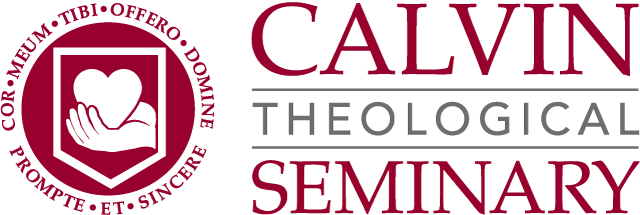Seeds of Justice, Harvest of Shalom
Published by Calvin Seminary
“Mexico does not exist in reality,” we were told by Pastor Dan Gonzâlez of the Comunidad Teologica (a consortium of denominational seminaries) on our first evening in Mexico City. “In reality there are many Mexicos.” As the days passed, I began to understand what he meant.
From January 2 to January 11, five students from Korea, China, Canada, and the United States, travelled to Mexico for the course, Seeds of Justice, Harvest of Shalom, led by Professor Mariano Avila of Calvin Theological Seminary. We were there to explore the complex relationship between church, culture, mission, and justice within the Hispanic context.
Mexico is an alluring country of striking contrasts – abundance and poverty, beauty and sadness, hospitality and unrest. One begins to appreciate this reality when immersed in the history, art, landscape, and narratives that define Mexico’s people. And so, we spent time exploring some of Mexico’s national and historic treasures. Visits to the historic center of Mexico City and the Templo Mayor, one of the main temples of the Aztecs, the ancient Mesoamerican city of Teotihuacan with its pyramids (both UNESCO World Heritage sites), as well as the National Museum of Anthropology exposed us to the wealth of creativity, ingenuity, and visionary thinking of the indigenous peoples. We experienced the Mexico of music, dance, passion, sensuality, story, and art through the beautiful and disturbing works of the great muralists at the Palace Beaux Artes, the enthralling Ballet Folklórico, and the fun of the Mariachi.
And then there were the difficult days. The days where we acutely witnessed the suffering and injustice that is daily life for so many. Here is where we experienced another Mexico, one where the gospel is alive and becoming flesh. This is the gospel of the woman on the street selling tortillas, the gospel of the many ways to say hello, the gospel of the funeral celebrations that bind disparate theologies into one unity, and the gospel of the warm welcome to the stranger and the foreigner. And this is the Mexico where every day, small seeds of justice are planted in the hope and assurance of a final harvest of Shalom.
We visited a church that provides sanctuary, safety, food, clean water, and rest for migrants making the treacherous journey across the country on the freight train commonly known as ‘The Beast.’ When we offered to pray, one young man asked us to pray that he would survive the next day. The pastor of this church told us the story of a recent migrant who arrived with a badly wounded arm, sustained in an assault on the road. He was taken to hospital but his arm couldn’t be saved. The doctor told him that this is where his journey ended, since two arms are needed to hold onto the rail car. To stay is to die. To leave is to be at the mercy of armed gangs and criminals, facing likely rape, theft, beatings, and then deportation at the end of it all. It’s an impossible choice. For some migrants, this was their third attempt to reach a chance at life. The desperation compelled a desperate response among us. Those who were able, handed over sweaters, backpacks, money, and the shoes on their feet. I imagine it was a somewhat amusing scene, this group of students and their teachers, traipsing back to the seminary in sock feet.
We learned much from the pastors and volunteers who work tirelessly, and at great personal cost, to bring relief and hope to Los Niños de la Calle – the children of the street. Our hosts did their best to prepare us for what we were about to see, but there really is no way to be prepared. Crude shelters, garbage everywhere, scarcity, violence, and children raising children – this is the reality of life on the streets for thousands of kids. Every day these children must pay a bribe so that the police leave them alone. They get the money any way they can. These ones are the most vulnerable, the most neglected, and the most abused.
During such moments on this trip we all had to ask ourselves, when does their pain become our pain, their trouble, our trouble, their suffering, our suffering? At what point are we willing to enter into an injustice and make it our injustice? Because that is what Jesus did. For Him, it became very personal.
I remember what a Catholic Priest told us at during our visit to his mission. He told us that maracas used to be filled with seeds. He said, “When we shake them, we recognize that we are bringing life. When we put maracas on our ankles, we are imposing life on history. We are walking… stepping on history with new life.” It’s a powerful image. I think all of us left Mexico convicted that we were to walk in this way. With the seeds of life on our feet, each step bringing God’s world closer to Shalom.
by Nancy L. Dresser, MDiv Distance Student
Share
Visit Calvin Theological Seminary’s Campus
We can’t wait to host you on campus! Schedule your visit today, or, if you need more time to find a date that works for you, please request information so we can continue the conversation about supporting your calling!
